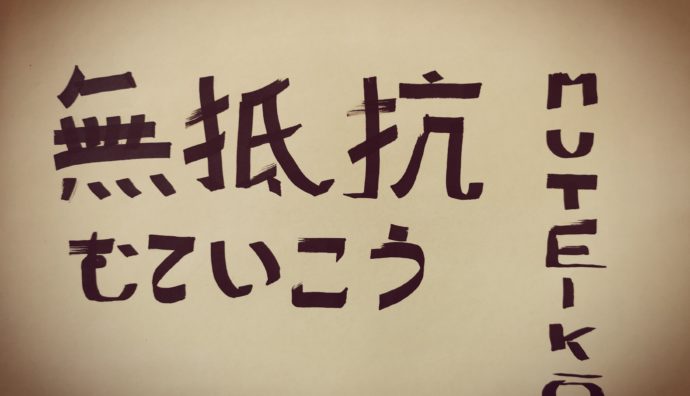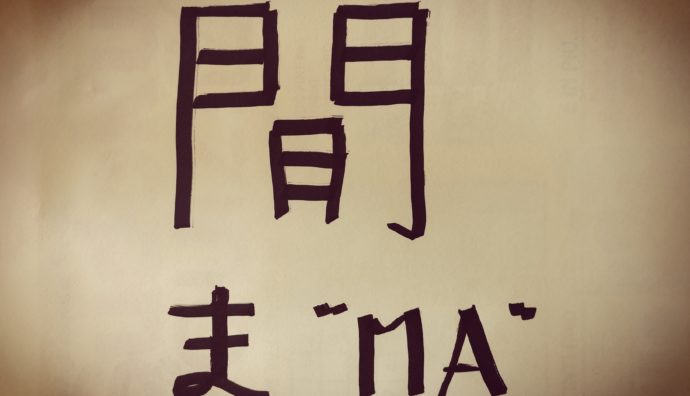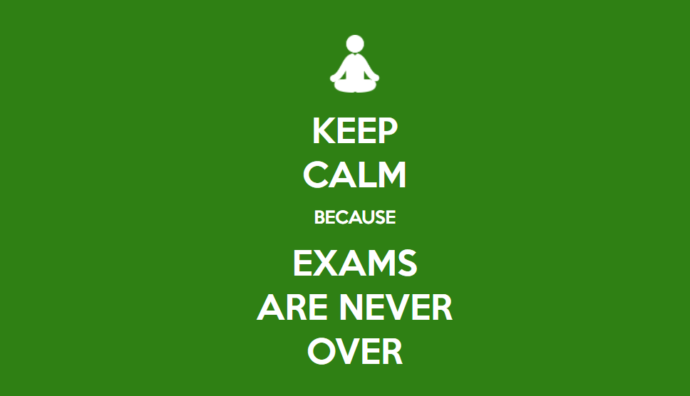In these days the International Olympic Committee has decided that, starting from the 2024 Olympics, Karate will give way to the new incoming: Break-dance. The news can be an useful a stimulus for reflection, especially if made from the perspective of those who practice a martial art without competitions and competitions as Aikido is. The […]
What if IOC erases Karate…










